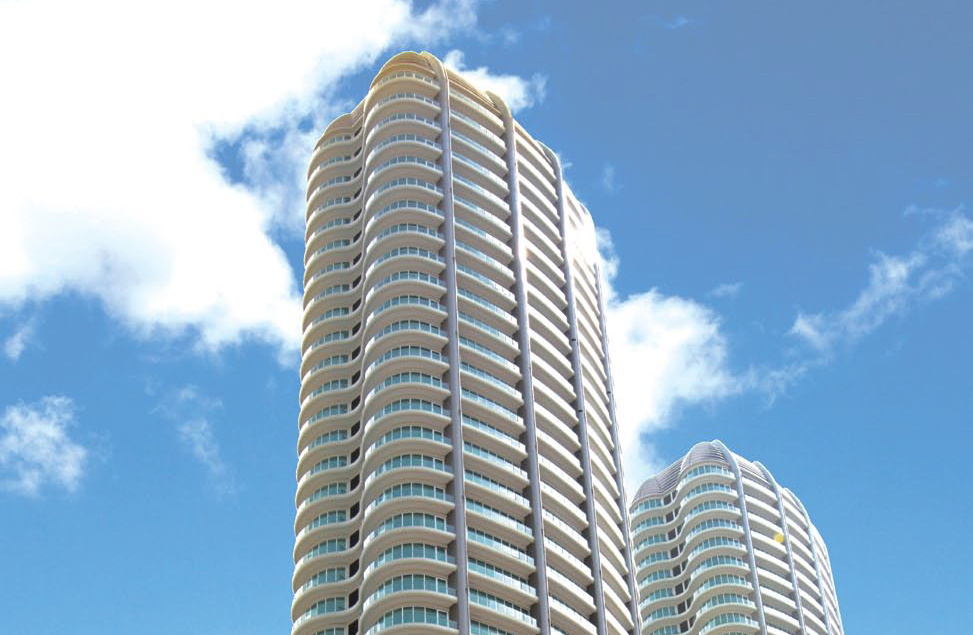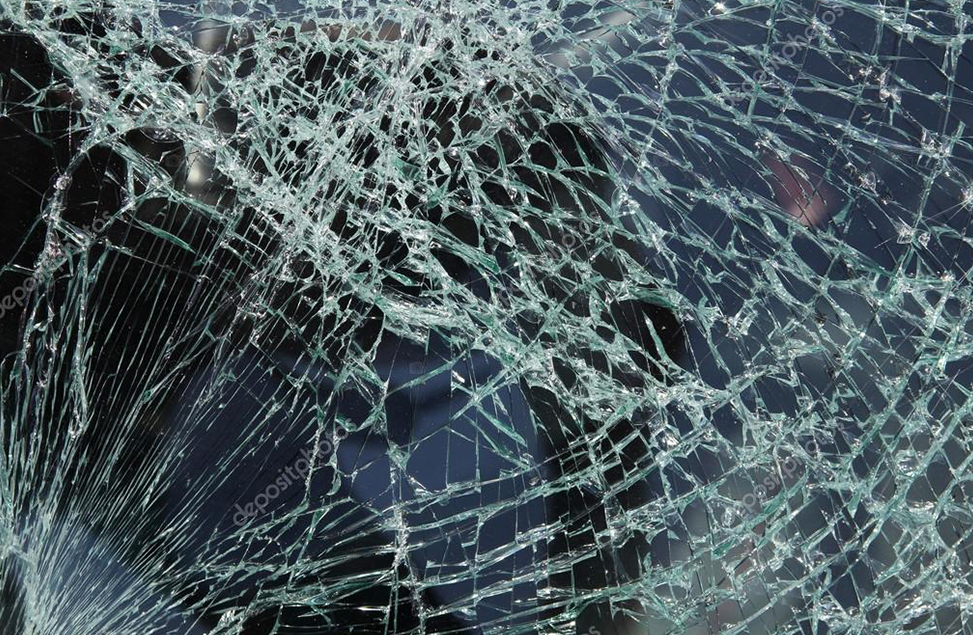Laminated Glass | Innoglass Sdn Bhd

Advantage Of Using Laminated Glass
Safety & Standards
Laminated glass doesn’t shatter like ordinary glass. The tough, clear interlayer absorbs impact, resists penetration, and remains intact even if broken, holding glass fragments in place and lowering the risk of injury. Global building standards increasingly specify stricter safety requirements, especially for overhead glazing where any breakage could mean a major hazard from falling glass.
Security
Laminated glass resists intrusion because the interlayer continues to safeguard the building even after the glass itself is broken and buy you time for replacement. Laminated glazing can not be cut from only one side, so ordinary glass-sutters are useless as break-in-tools.
Sound Reduction
Noise makes its easiest entry into a building through glass, but laminated glass is an excellent barrier to noise. Thanks to the viscoelastic properties of the PVB interlayer used in Laminated Glass provide a dampening effect on the transmission of sound, thus reducing unwanted noise.
Solar Energy Control
While natural light plays a vital architectural design, too much sunlight will gain heat inside the building, leading to high energy costs. Laminated glass using tinted, reflective or Low-E glass can provide a wide range of aesthetic, reduce heat gain, control glare, and lower air conditioning ependitures.

Design Versatility
Laminated Glass is available in wide variety of glass types, including annealed, tempered, heat strengthened, tinted, decorative ceramic coated and reflective glass. It also can offer a broad spectrum of colours and textures for stylish and dramatic visual effect.
Durability
Laminated glas retains its color and strength for the life of the building, yet is as easily cleaned as any conventional glass.
UV Control
Ultraviolet light is the leading cause of deterioration and fading of furnishings, pictures, and fabrics. Laminated glass normally come with UV-absorbing additives that can screen out almost all damaging UV rays without affecting the visible light essentiall for visibility and plant growth. Photoreceptors in plants are still able to obsorb sunlight the interlayer allows to be tranmitted.
Fire Retardancy
While standard laminated glass does not meet code requirements as a fire resistant glass when exposed to flames and heat, it does not disintegrate easily like ordinary annealed glass, thus confining the fire longer, and giving more time for detection, evacaution and extinguishing.
Installation
Laminated Glass using annealed glass can be cut to size on site and can also be drilled or notched.
Low Visible Distortion
Sharp reflected images are possible with curtain walls constructed from laminated glass using annealed glass.
We are Here

